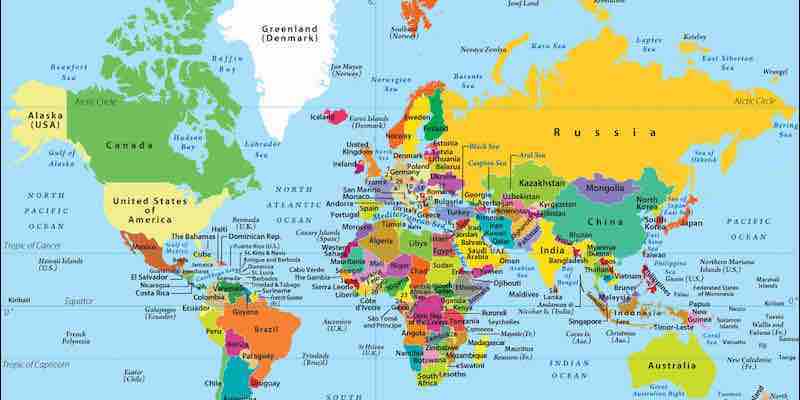Non-English-based programming languages

Non-English-based programming languages are programming languages that do not use keywords taken from or inspired by English vocabulary. The prevalence of English in programming languages is significant. According to the HOPL online database of languages, out of the 8,500+ programming languages recorded, roughly 2,400 of them were developed in the United States, and over a third of all programming languages have been developed in countries where English is the primary language.
Some of the international programming languages mentioned include:
- ALGOL 68: This language’s standard document was published in numerous natural languages, allowing for the internationalization of the programming language.
- Citrine: Designed to be translatable to every written human language, Citrine supports 111 human languages.
- Hedy: An open-source language developed for programming education, supporting over 30 languages.
- Scratch: A block-based educational language with the text of the blocks translated into many languages.
There are also programming languages based on non-English human languages, such as:
- Amharic: AxumLight / Geez# and BunnaScript.
- Arabic: Al-Khawarizm, Jeem, ARLOGO, and more.
- Chinese: Chinese BASIC, ChinesePython, and Wenyan.
- French: GOTO++, Linotte, and Rouille.
- Japanese: Dolittle, Himawari, and Nadeshiko.
- Russian: 1C: Enterprise, РАПИРА, and Эль-76.
- Spanish: GarGar, Vainilla, and Latino.
And many more languages based on various other human languages.
Non-English-based programming languages